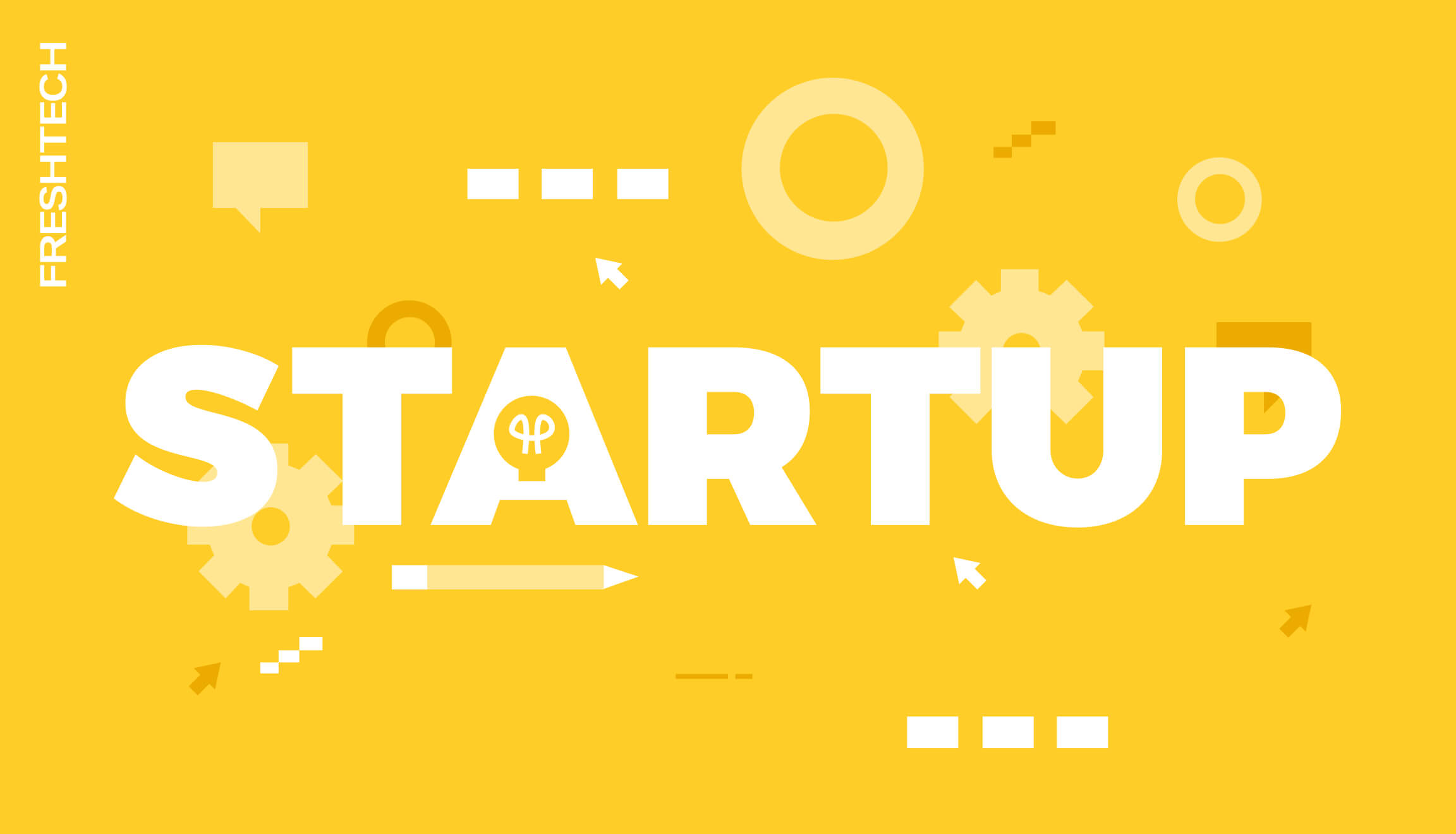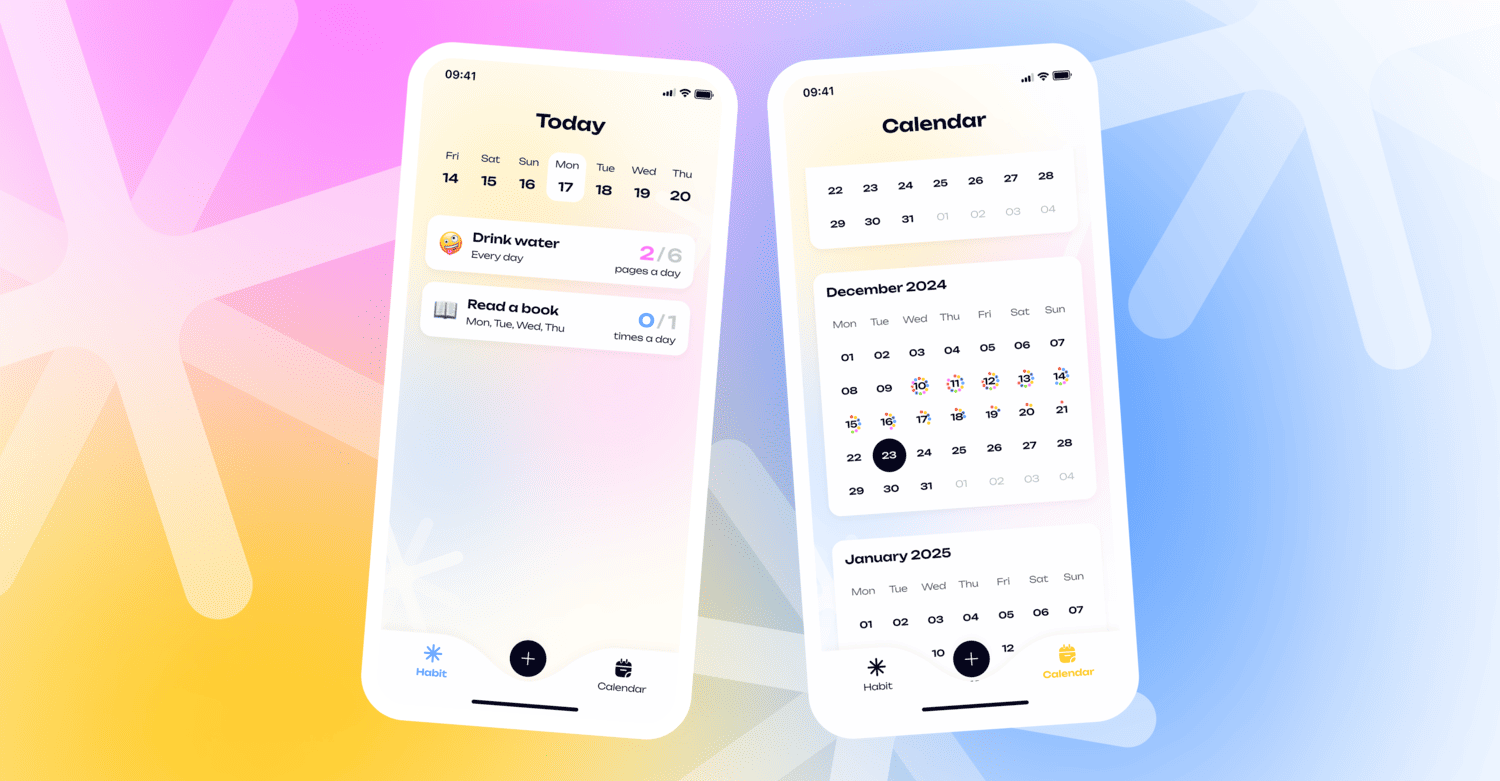How to Choose the Technology Stack for a Startup

The tech stack determines how fast your startup gets to market, how easily it can scale, and how flexible it stays as the product grows. In this article, we’ll explore what to consider when choosing the right stack.
Choosing the right technologies always starts with understanding your business goals. Which features are critical for the initial launch, and which can wait? Are you planning for rapid growth, and how will you maintain the required level of performance?
The target audience and market also influence the project’s tech stack. For example, a startup aimed at a mass B2C mobile audience often needs a fast launch across multiple platforms, making cross-platform frameworks a logical choice. On the other hand, products targeting the enterprise sector may have very different requirements for integrations and security.
If you plan to gradually expand functionality or enter new markets, it’s important to choose a tech stack that won’t limit your business opportunities down the line.
What to consider when choosing technologies?
Performance and development speed
Development speed is one of the key success factors for startups. For example, a stack like Node.js + TypeScript + PostgreSQL enables rapid API prototyping, while Flutter or React Native significantly accelerate mobile app development for both iOS and Android. The faster the team gets initial user feedback, the fewer resources are wasted on unnecessary rework.
Scalability and flexibility
Technologies should easily adapt to increasing loads and the addition of new modules. For example, Kubernetes and Docker enable horizontal scaling of services without the need to redesign the architecture, while server frameworks like FastAPI (Python) or Spring Boot (Java) allow gradual expansion of functionality without sacrificing performance.
Development and maintenance costs
When choosing a tech stack, consider not only the initial development costs but also ongoing expenses. Some technologies enable a fast MVP launch but require more resources for maintenance and scaling. For example, serverless solutions like AWS Lambda or Google Cloud Functions help optimize costs in early stages or with variable workloads, but as traffic grows, they can lead to significantly higher expenses than expected.
Community support and activity
Technologies backed by active communities evolve faster and offer more ready-made solutions. For frontend, this includes React, Vue, and Angular; for backend — Node.js, Django, and Laravel. A large number of open-source libraries and usage examples help speed up the development of custom features. Additionally, these frameworks come with built-in security mechanisms and receive regular updates, reducing risks associated with vulnerabilities in outdated versions.
Native vs cross-platform
Native apps are built specifically for one platform, offering full control over functionality, performance, and access to hardware features. However, this requires separate teams and more development time.
Cross-platform technologies like Flutter and React Native allow you to write a single codebase for multiple platforms simultaneously. This speeds up development and reduces costs, especially in the early stages. The result is the ability to quickly test ideas on the market. Next, we’ll look at some examples of apps developed with Flutter.
MilX
A mobile app for YouTube creators that enables monitoring channel financial metrics, managing income balance, and performing transactions. Additionally, MilX users can conveniently submit requests for extra funding aimed at channel growth and ongoing support.
Hebi: Daily Habits
A wellness app designed to help users build and maintain new habits, offering tools for setting goals, tracking progress, and analyzing achievements.
Recipo: My Cookbook
A mobile app for storing, organizing and sharing recipes. Recipo allows users to maintain their own digital cookbook with features like categorization, tagging, search, and shopping list creation
QResource
A mobile application designed for personal development, featuring gamified processes and support from a personal coach. The program is built on a patented proprietary system that promotes users' mental, emotional, and physical adaptation to the dynamic changes of the modern world
When choosing a tech stack for a project, it’s important to consider not only current needs but also the product’s future growth. Technologies shouldn’t limit the business when scaling or adding new features; instead, they should support ongoing development.
Ready to speed up your product launch? Leave your contact details in the form, and our manager will get in touch to offer the best solution for your business.

















